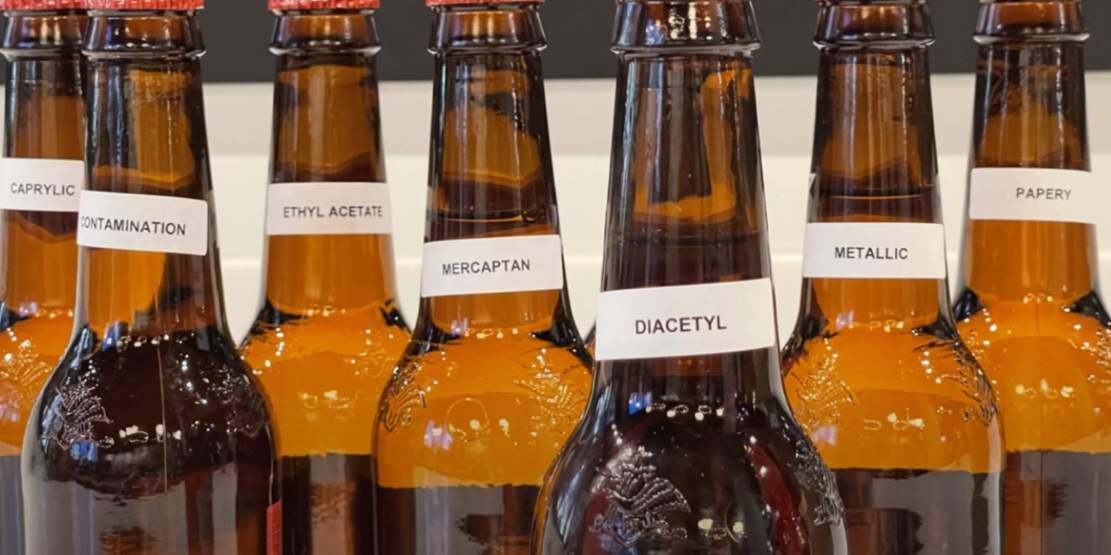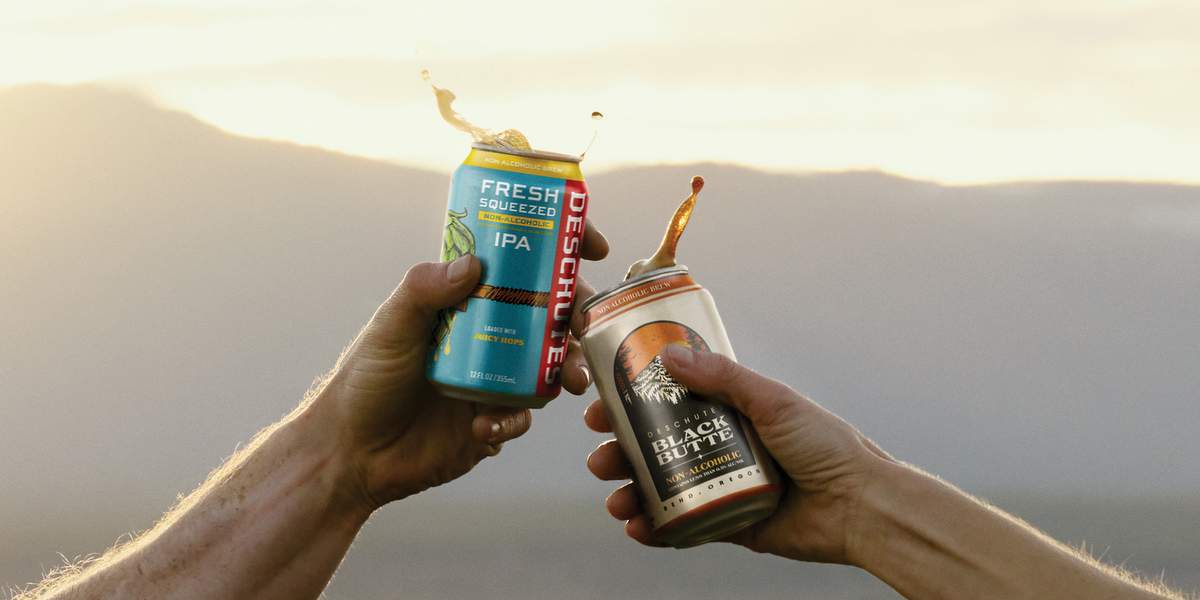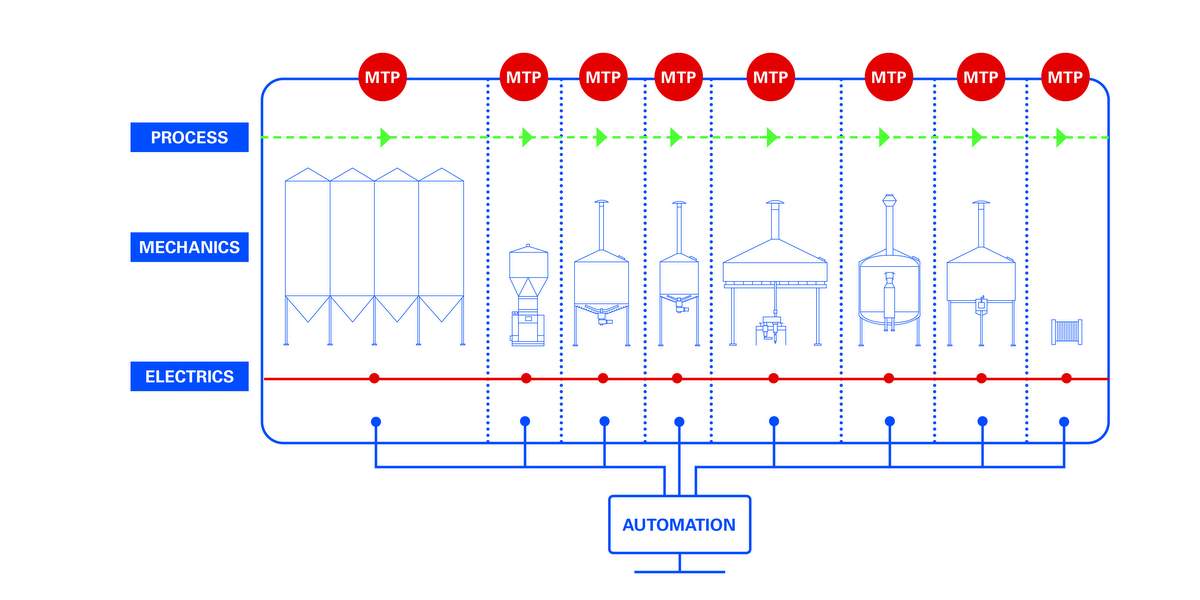One of the most well-known names in the Tri-State area’s brewing scene was without a home. After six years of nomadic brewing, Bob Olson, founder of New Jersey’s Bolero Snort Brewing, was looking for a place to fulfill his vision of producing 30,000 bbls of fine East Coast brew annually. He needed a facility that was tough and innovative enough to match contemporary demands while evolving with his lofty dreams. This facility broke ground on May 19, 2019, when Olson partnered with Allied Buildings to create a 14,000-sq-ft steel brewery.
Olson chose steel for a number of reasons. He liked the price point and how quickly he could get his facility up and running. Steel also closely aligned with the ambience Bolero Snort was going for — a rustic-chic look that would appeal to the emerging craft beer market. After considering about 10 steel structure providers, he ultimately settled on Allied because of their friendliness, knowledge, and transparency as they worked together to find the ideal brewery solution. For those brewers looking to grow their operations, there are a number of reasons to follow in Olson’s footsteps and choose a steel brewery.
Steel is an affordable choice for breweries
As was the case with Olson, many breweries are rooted in the owner’s love for craft beer, with operations having humble beginnings. The story of brewmasters making batches in their basement or garage is common. Part of this homebrewing prevalence is an effort to keep the beer close to its roots. However, it is also an economic necessity for many brewmasters. Depending on location, size, scope, and concept, the cost of opening a commercial brewery typically averages between $500,000 and $1.5 million. This makes steel buildings the ideal facility for brewers looking to produce in bulk without going into debt up to their ears.
Steel buildings are usually about 30 percent cheaper than other types of construction for a variety of reasons:
- They use smaller, less complex foundations than wood-framed or concrete facilities
- Metal buildings have shorter construction times than most other materials. Many steel structures are prefabricated off site or broken down into easy-to-assemble kits, requiring fewer workers, tools, and other construction resources to make operational
- Due to the shorter construction time, there is less of a lapse between closing on a plot of land and commencing operations, allowing the brewery owner to start generating revenue faster to pay back debt
Steel buildings are virtually maintenance free
During an internship with a prominent craft brewery in 2008, Olson discovered that the craft brewing industry has a lot of regulations. Craft breweries are governed by both state and federal legislation, as well as various other local government agencies. They must also be in compliance with the U.S. Food and Drug Administration (FDA) and Trade Bureau.
To help ensure compliance, Olson and many other brewers are turning to steel as they increase production. Thanks to its inorganic composition, steel buildings are completely resistant to mold, fungus, mildew, insects, or any other type of microorganisms that commonly cause food and beverage businesses to fail inspections. And while it is best practice to wash dirt and debris buildup from the walls once or twice a year, there is very little maintenance required for keeping metal buildings pristine, allowing brewery owners to commit time and resources to doing what they do best — making beer.
Steel buildings offer ample footage without beams
Another significant perk of steel buildings for a brewery is the amount of open floor space they yield without the need for beams, pillars, or other types of support. This uninterrupted space opens up tons of design possibilities, providing ample space for lounging furniture and yard or arcade games. It also makes it easy to rearrange the interior space so that the brewery can host special events. Metal buildings also provide a great infrastructure for installing rolling doors. Rolling doors can be beneficial on beautiful days when the brewery wants to combine interior and exterior space. They are also the preferred choice for loading docks — a necessary component for breweries that ship large quantities of their product.
Steel aesthetics
Like Bolero Snort, many breweries prefer the rugged, rustic-chic appearance provided by metal buildings. However, brewers are not confining themselves to an all-metal casing when choosing steel. Steel is increasingly becoming the material of choice for churches, automotive showrooms, and educational facilities thanks to its compatibility with stone veneer, glass, and other diverse types of facades. This gives breweries numerous options for choosing their ideal curb appeal when using a steel structure.
Bolero Snout Brewing’s vision realized
To help fulfill his vision of quickly multiplying his craft brew output, Olson chose a steel building to house his commercial production efforts. Like Olson, many emerging craft breweries are recognizing the benefits of steel for taking their business to the next level. To learn more about the steel buildings for breweries, click right here.
Stacey Bailiff is a digital marketing and content marketing specialist at Lead Generation Experts. She provides top quality digital marketing services to businesses in the Building and Construction Industry.





Leave a Reply
You must be logged in to post a comment.